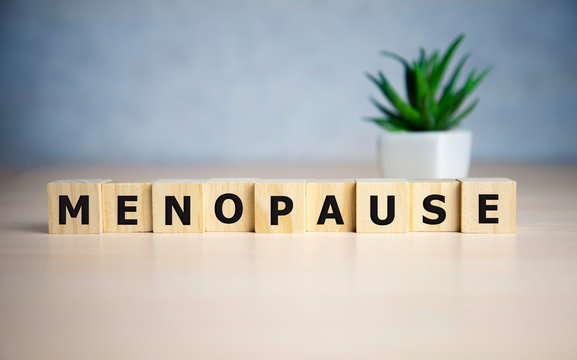
We are all a little reluctant to talk about aging, especially when it affects certain activities in the bedroom. Get your mind out of the gutter, I’m talking about sleeping…
Nobody likes to wake up in a pool of sweat, needing to make that midnight dash to the toilet or experience the dreaded restlessness that leads to the counting of sheep…
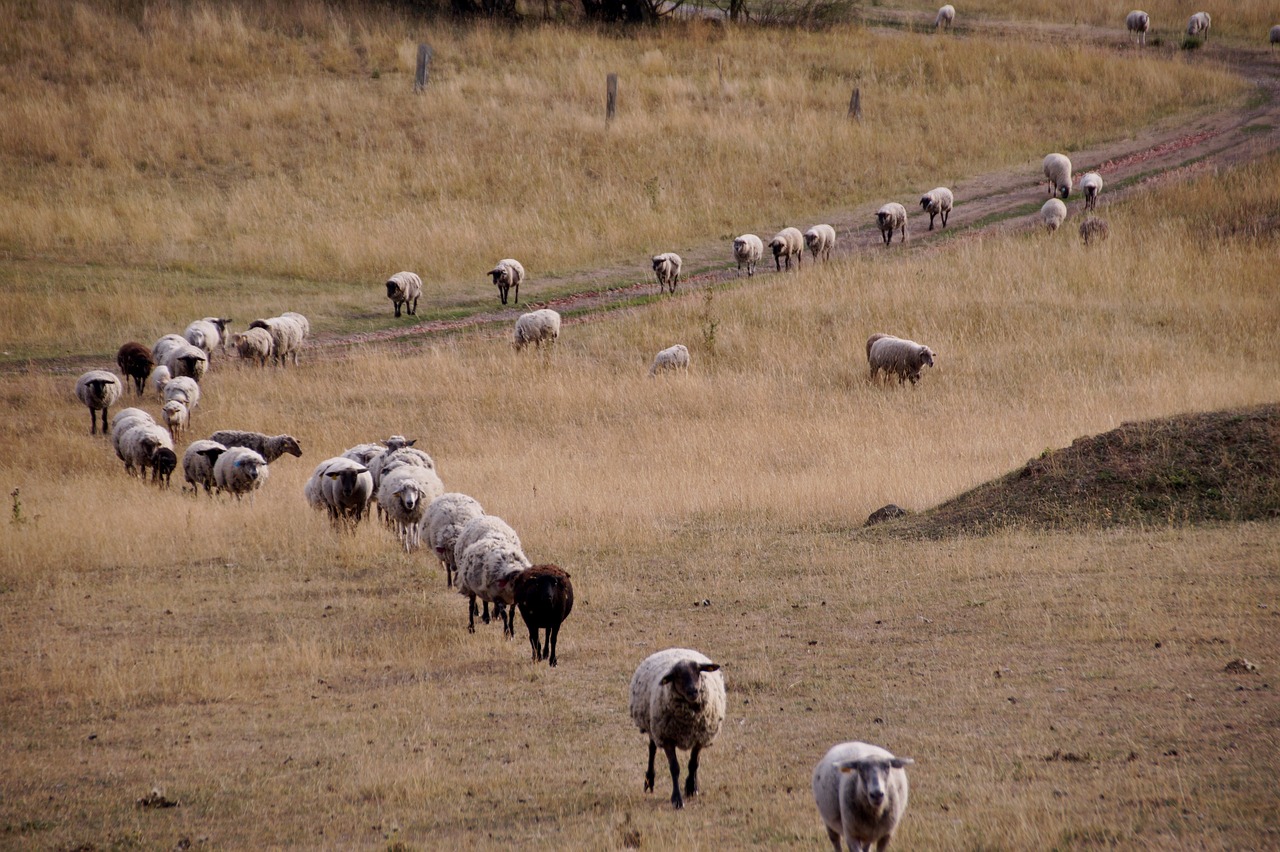
Menopause is a topic many try to avoid. It’s uncomfortable and embarrassing, and if you are not in our family, bodily functions probably do not come up in conversation frequently at the dinner table. But Menopause is a natural evolution for ALL women, and if someone says it’s a walk in the park, they are either extremely genetically gifted or lying through their teeth.
There are a few simple changes you can make to adjust your bedding to a comfortable, breathable haven that will help alleviate hot flashes, night sweats, and other side effects of decreasing hormones. Comfortably put your ovaries to rest once and for all, with a few bedding suggestions:
Mattress Protector:
What you sleep “on” is probably the most important element of your bed.
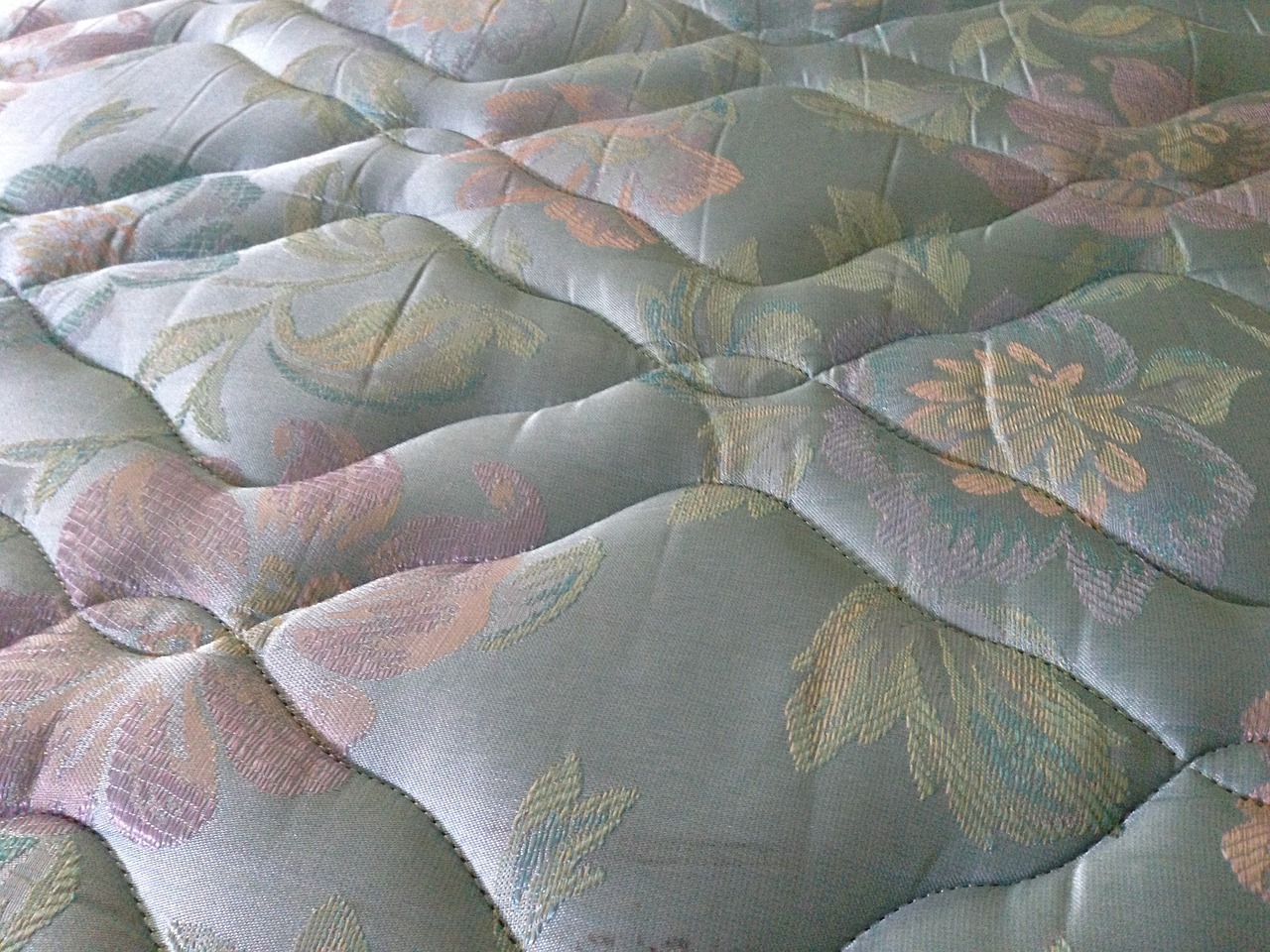
If you own 100% linen sheets for example, which are considered the most breathable bedding available, it’s not going to make a darn difference to your night sweats, if you are sleeping on top of a polyester or waterproof mattress pad/protector.
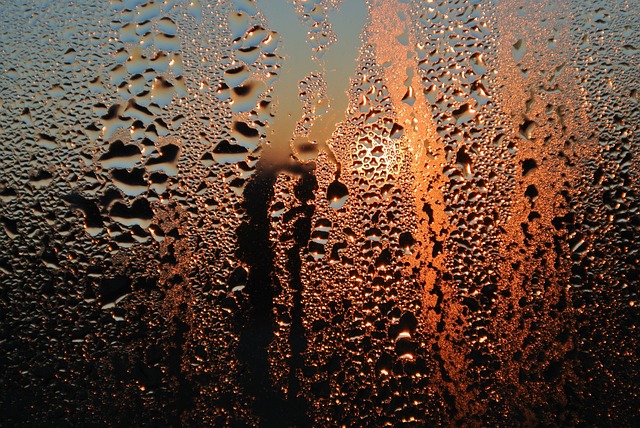
*The more air and circulation you have underneath you, the more breathability and restful sleep you will achieve.
Many new mattresses today are sold with vinyl or waterproof membranes that must remain on the bed, or else your warranty is void. Sure, that makes sense from a retailer’s perspective, but those covers and protectors are only going to exacerbate your menopausal symptoms. If you are keen to keep the warranty cover on, consider getting another protector or pad to put over top – get that air flowing!
Waterproof/Incontinence Pads: If your nocturnal bladder gets the better of you, and you require additional protection, consider a waterproof protector or a pad to cover a specific area of the bed. An additional breathable protector on top of that, will help with the heat.
The incontinence pads are a great option if you are also experiencing erratic periods (for those in premenopause, menopause, and even for those just starting out with the whole menstrual thing). If you don’t want to cover the whole mattress, place the incontinence pad underneath your fitted sheet – if, for example, your significant other is a hot or cold sleeper, you won’t compromise their sleep while you wizz the night away. The pads also work great for pets who sleep with you. You can pee together in bed and seal your bond for life. ![]()
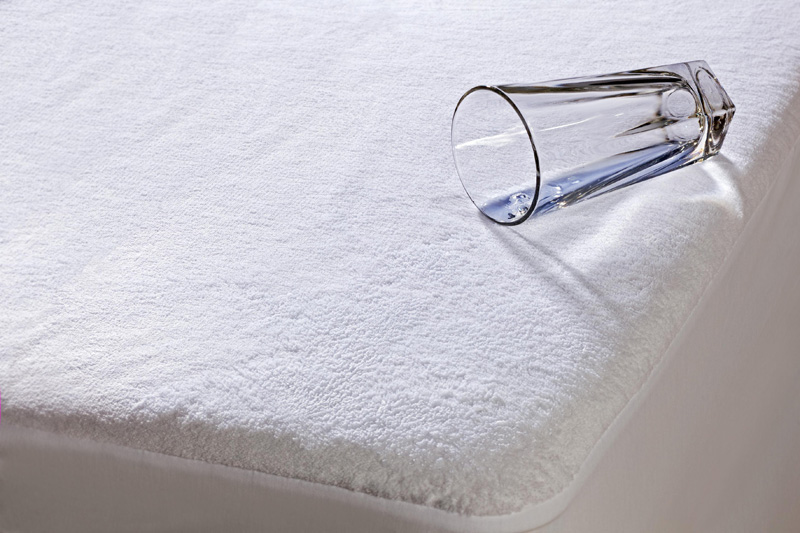
Cotton: Durable, affordable, and breathable. There are many options for a basic cotton protector. If you are keen on doing more laundry or have to do more laundry due to incontinence, then a cotton protector might be just the ticket. Just be mindful that cotton can shrink if dried at too high a temperature. Low temp or air drying is best. Our best-sellers are the triple-layer 100% cotton protector and the organic cotton protector.
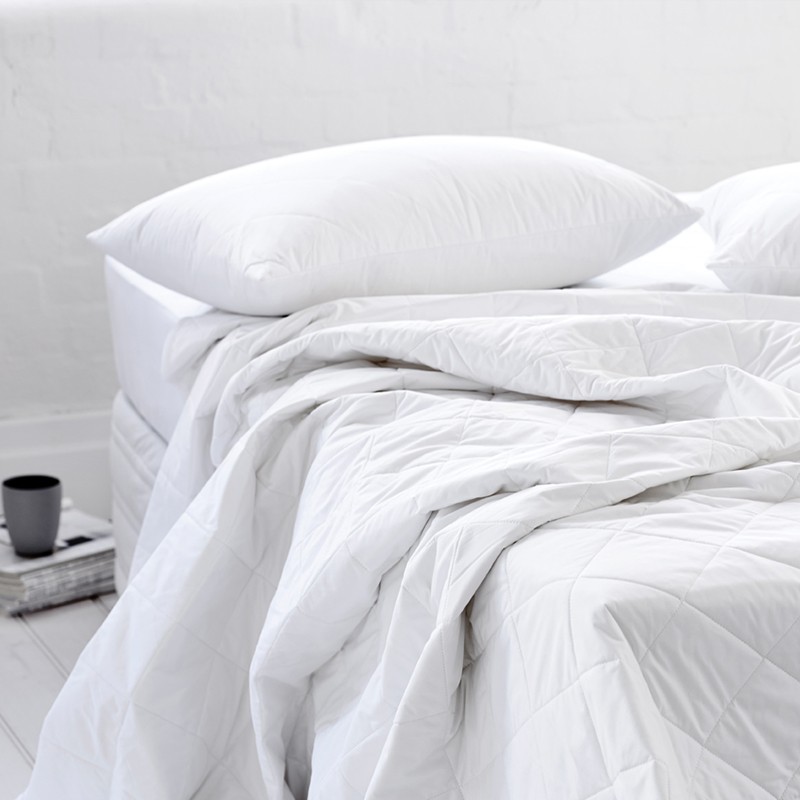
Silk: Cooling and hypoallergenic. Silk naturally draws moisture away to help control your body temperature. If you are experiencing more intense hot flashes during menopause, silk will help to cool you down by controlling humidity and wicking it away from you. Unlike some silk products that require taking to the dry cleaner, you can wash these protectors. They usually recommend hang-drying or low to no heat cycle in the dryer to prevent shrinkage. Our silk protector has a 220-thread count cotton shell, with natural long-strand silk inside.
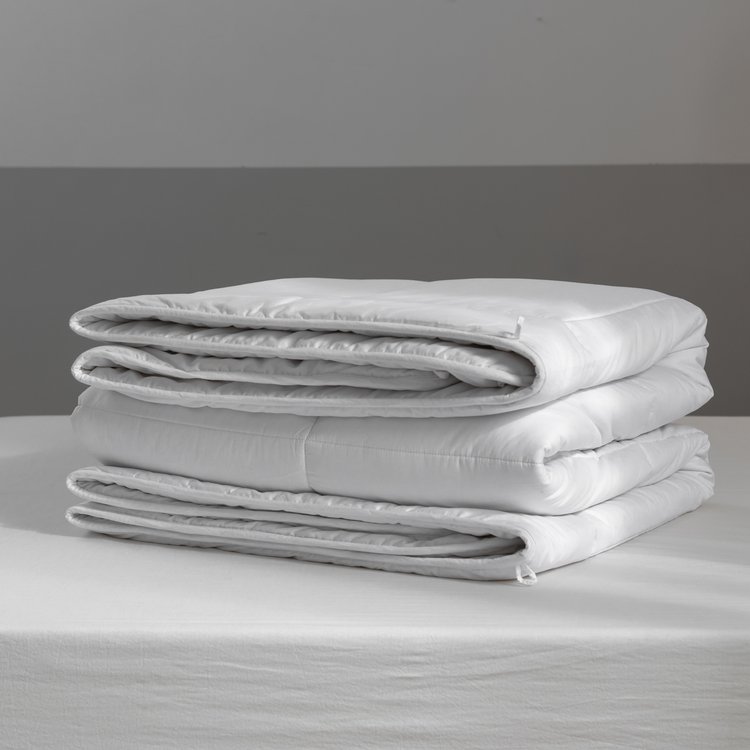
Wool: Non-allergenic, moisture-wicking, temperature regulating. I know, it goes against everything you believe. Those itchy wool socks you were forced to wear in your youth, the pea coat you dawned in the winter; wool sounds hot!
Keep in mind, that sheep live in the snow-covered mountains of Nepal and the hot desolate outback of Australia. Wool will wick sweat and regulate your temperature in the summer, winter, and in the depths of a hot flash.
The more wool that’s underneath you, the more air will be moving – allowing your body to regulate its temperature better and cool you during night sweats.
If ewe (female sheep pronounced as “you”) can sleep in wool during their menopause, it’s safe to say you can too. We have four styles of wool mattress pads, all offering various benefits: anchor vs contour fitting, washability, reversibility, more wool on top or less wool on top, exposed wool, or cotton-covered wool, and all of them are extremely breathable!
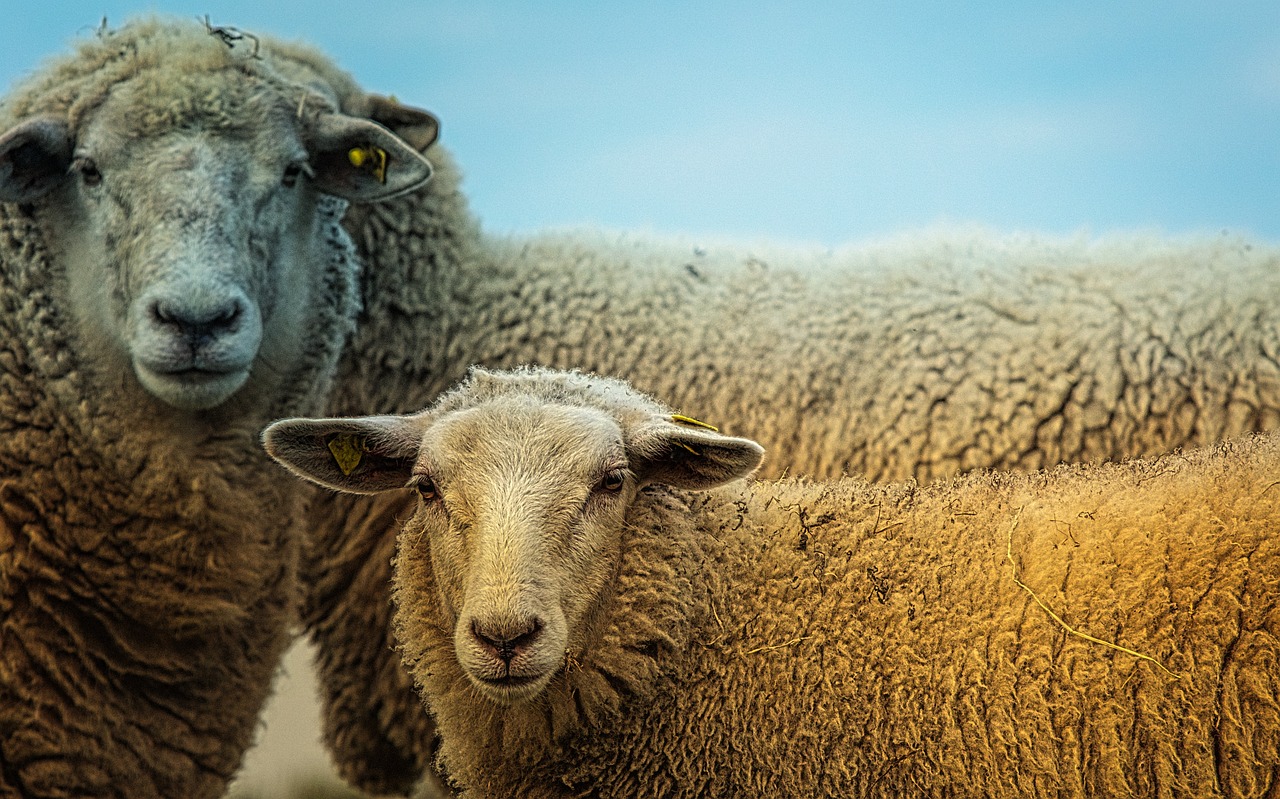
The mattress protector or pad you sleep on will be the most important weapon in your arsenal to help battle night sweats and hot flashes. Depending on the severity of your symptoms, and your sleeping partner, you have the options mentioned above.
Bed Sheets:
It can be overwhelming to decide on what sheets to purchase. There are just so many options on the market. Ultimately for all menopausal women, you need to look for the most breathable sheets that will allow airflow. For those who develop skin sensitivity due to a lack of estrogen, you may also want softer bedding that will be gentle on your skin.
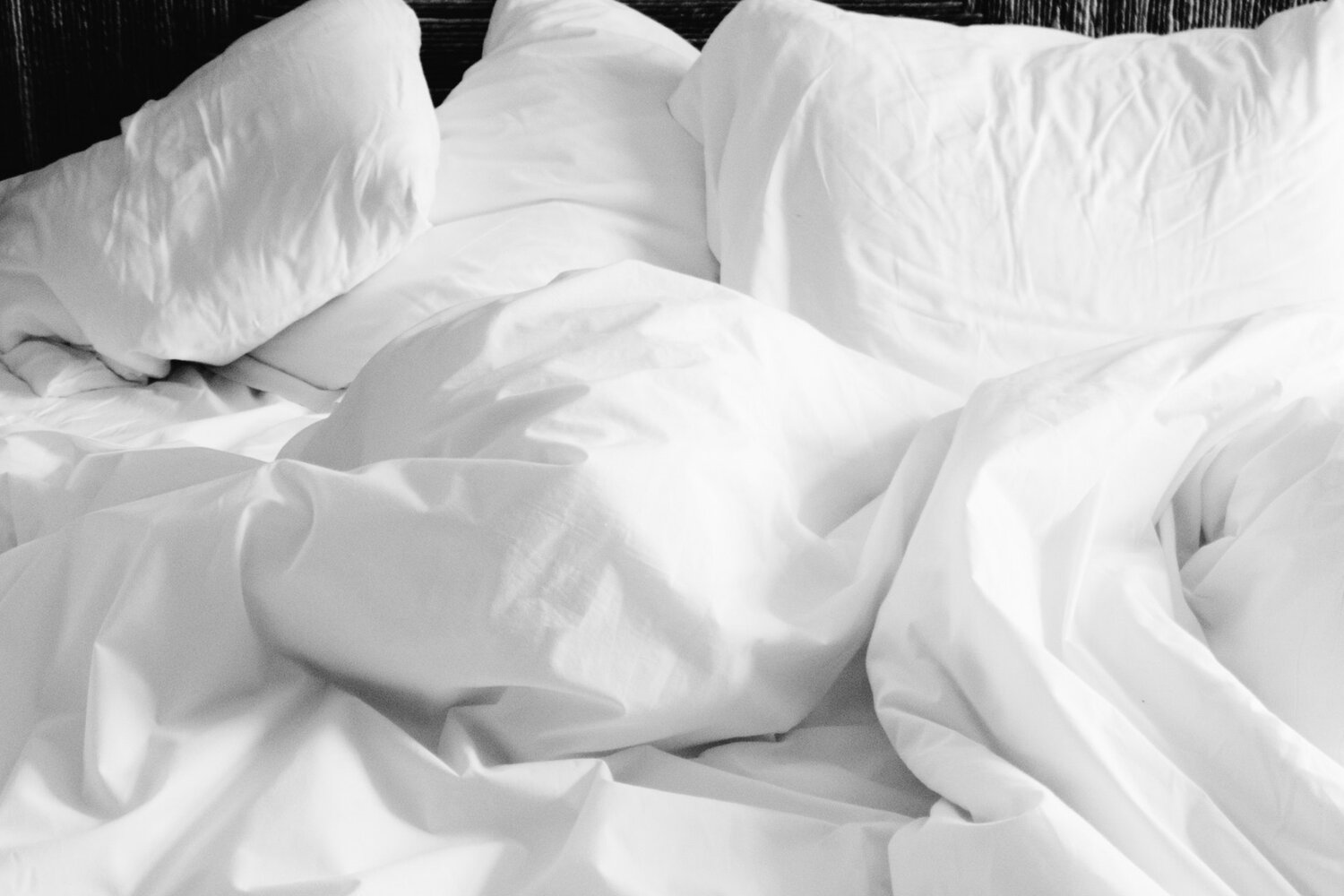
I would recommend reading our other post about thread count because the higher the thread count, doesn’t mean better. Menopausal women should look at 200 – 400 TC (thread count) sheets. In this range, you will find it durable and breathable. Any higher than 500 TC you will see tighter woven threads that may worsen symptoms.
From the most breathable to least breathable bed sheets you have:
- 100% Linen
- Linen/Cotton
- 100% Cotton
- Bamboo
- Jersey
- Polyester/Cotton
- Microfiber.
There are plenty of variants and blends of these options, like Bamboo/Linen and Flannel/Polyester, but the key is to have a low thread count and breathable fabric.
Duvets and Quilts:
We’re not going to pull the wool over your eyes on this section, however, you can pretty much copy and paste everything said about mattress pads and protectors in here in regards to fabrics and materials and what they can do for you.
Down: is your lightest weight and warmest option for duvets. Its main job is to insulate and warm. Insulating a person going through menopause is what we call ‘the heat dome’. By preventing convection you increase all the symptoms you are trying to prevent.
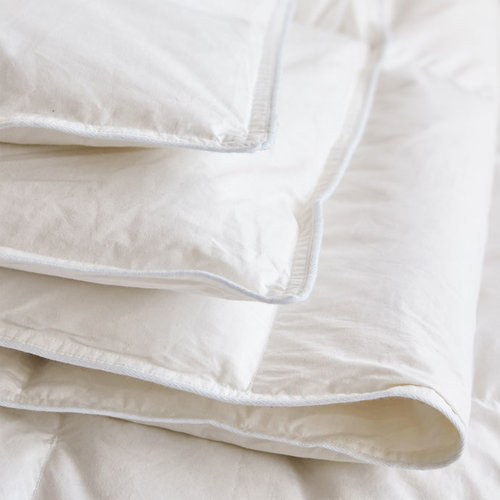
Ever wonder why it was called La Nina in the feminine form to denote warmer atmospheric and oceanic phenomena and El Nino in the masculine as the colder counterpart? Just thinking aloud here…
Some of you may be determined to live with the menopausal symptoms and continue using Down, because of its lofty “puffy” look. Yes, the aesthetic paradox of a down duvet on a bed is hard to match. If you are willing to sacrifice your comfort for the look, beauty is pain, and all of that… aim for a summer weight, lower thread count shell.
There are extremely nice down duvets out there that will cook you alive, so stick to low thread count down shells in the 200-300 thread count range, and a low ounce down fill. Depending on the size of your duvet that could be anywhere as low as 18oz. Sadly the tight threaded cambric cotton ticking on the shell will prevent down from leaking, but also air from circulating fully. So, you will sweat the night away but your bed looks fantastic… in the dark, with the lights off, and your eyes closed.
Down Alternative: for those picky-tricky-sleepers who have decreased hormones, but want a down duvet, but can’t have a down duvet because of allergies or a partner’s allergies. So, the down alternative is the closest we can get to appeasing the checklist. A cluster of polyester and microfiber fillings which are easier to wash than many products but will not breathe as well as other options. There are some excellent quality ones available that look and feel just like a down! Be warned hot sleepers, this will do little to help with hot flashes.
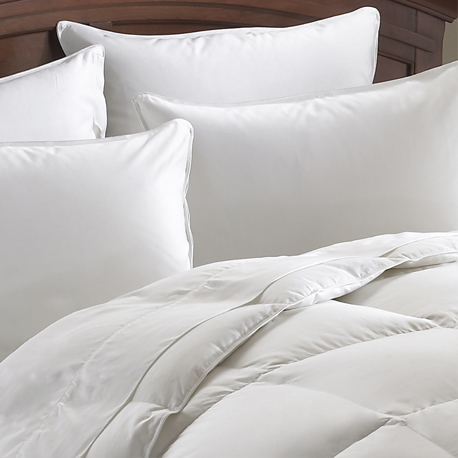
Silk: as mentioned in the mattress protector section, silk is a top choice for hot sleepers all around. It will draw moisture away and cool you down by controlling humidity and wicking it away from you.
Compared to down, silk has little to no loft, but will weigh more. You will appreciate the added benefits it provides though. Silk and down couldn’t be more different so it’s worth the consideration and research into both options available.
Cotton: natural, low-maintenance, breathable. Cotton is probably the coolest duvet option available – I’m not talking Cool Hand Luke coolest, but temperature coolest. If you desire something slightly heavier than a flat sheet, but light enough for you to survive a drought, or the perks of being a lady entering the grand life change, then cotton will serve you well on your quest. Not enough for some in the winter months, so consider another duvet option for the colder seasons, or another lightweight option to layer. Don’t forget your partner next to you, who may want more substance on top of them as well, as selfish as that sounds in your current situation.
Wool: some wool duvets are loftier than others. They weigh more than down and silk, but give you more regulating benefits than down, silk, and cotton. The reason wool is one of the most ideal options for hot and cold sleepers is just that… it works for both hot and cold sleepers. You and your partner can enjoy the benefits of wool while sleeping under the same roof… I mean duvet.
Some things to learn about wool are that the packaging will show “gsm” or grams per meter. Like down with ounces, the gsm of wool will tell you if it is a summer weight, an all-season weight, or even a winter weight. Some wool brands can vary in the GSM itself. An all-season for example can vary between 320-350gsm. A summer could be 250-280gsm. A winter could be 400-500gsm depending on the brand.
Remember a while back, in the mattress pad section, I said the more wool that’s underneath you, the more air will be moving – allowing your body to regulate its temperature better and cool you during night sweats? Though that is true for mattress pads, you don’t necessarily need more to achieve the same for a duvet on top of you, because of the weight factor. Still, if you find you are getting intermittent hot flashes and are cold the rest of the time, an all-season wool will benefit you most.
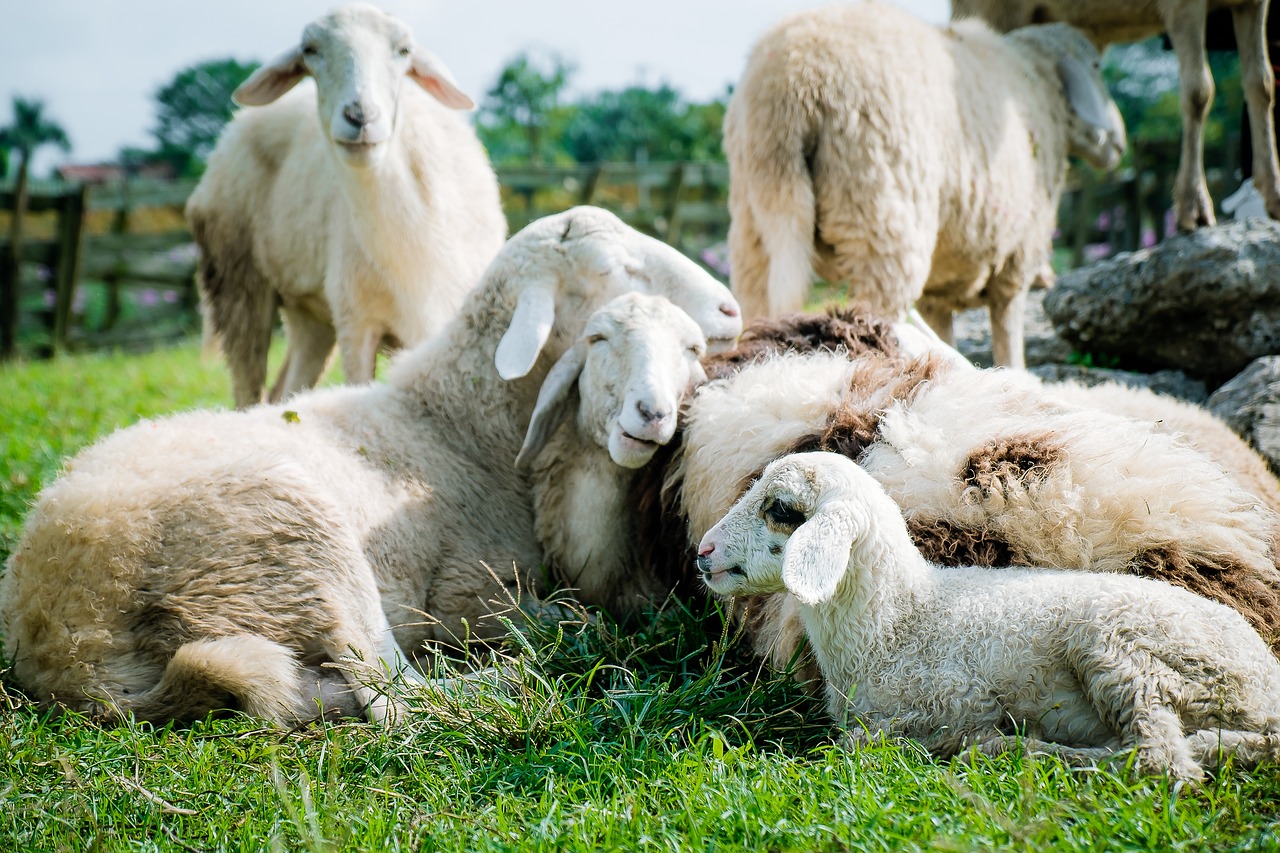
Now don’t be offended climacteric friends and hot sleepers. I’m going to make a suggestion, that often upsets your partners and turns them into over-dramatic children. But consider this… two duvets on one bed. Is it hot in here or is it just me?
Sleeping the Scandinavian way has become extremely popular, especially for younger generations who are thermally incompatible with their partner. Why suffer? Here are the pros of splitting the top, and having your very own duvet.
The first pro is what we are talking about in this post. You can choose a duvet that will work for you. If you are a hot sleeper that needs a cooler duvet or one that will wick and regulate your temperature. Or perhaps your toes are like icicles in the night and you need the winter hutterite goose down duvet suited to -40 temperatures… hey, we all have our needs.
It’s also a lot easier to adjust your duvet at night without waking up your partner. Should you need to readjust or flip the duvet off of you, your partner won’t start tugging the blanket to their side, or drag it down to both of your feet. It’s your duvet to do with as you please!
Just think, you can be intimate and have sleepovers under each other’s duvets!! Party at my place! Bring your own beer. Joking aside, it’s worth having the conversation with your partner, as it will benefit both of you with this individualized approach. Having a better quality sleep will benefit in the longer term physically, as well as mentally.
I found a brilliant quote from the Modern Dane, which is worth a read: “Even though I love my wife very much, I don’t share my toothbrush or underpants with her. Why would I share my duvet?”
Stay tuned for Pillow protectors
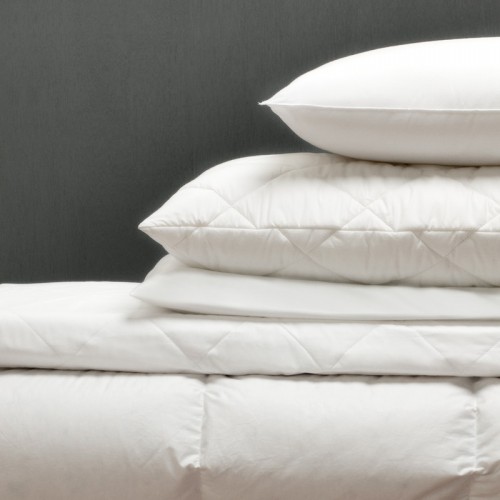
Stay tuned for Pillows
Stay tuned for Toppers
Period, the end.
